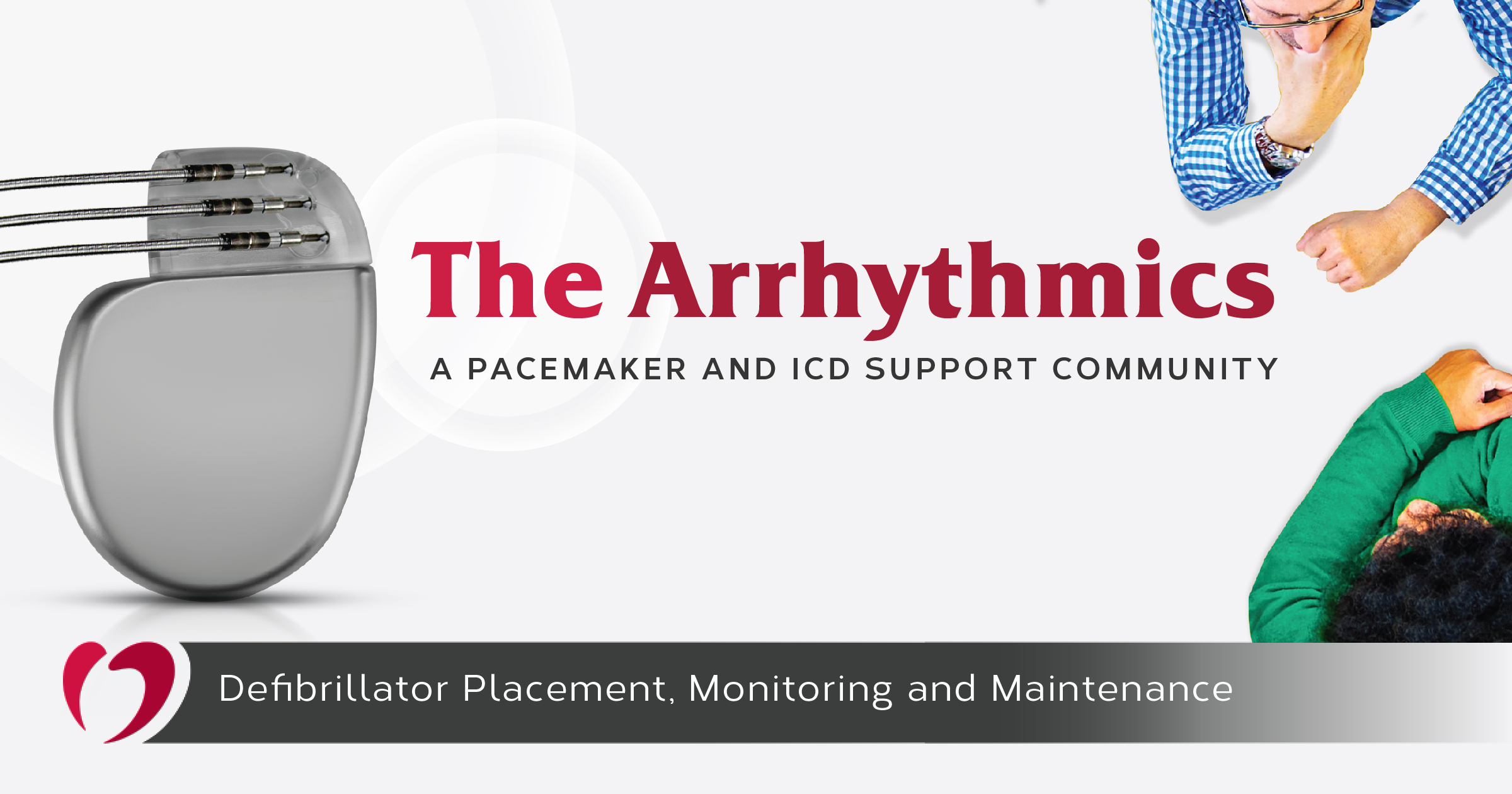Defibrillator Placement, Monitoring and Maintenance

Patients and family members of patients considering a defibrillator may have many questions about the procedure, monitoring, maintenance, or other questions. The following questions are some of the most common questions about defibrillators that we hear at the Oklahoma Heart Hospital.
What’s involved in the placement procedure for a defibrillator?
Implanting a typical two-wire defibrillator takes about an hour for the actual procedure and does require an overnight stay in the hospital for monitoring. Your doctor will place the device and the wires, then do x-rays to ensure proper position and check the lungs and heart. The x-rays will be repeated the following day to evaluate the heart and lungs as well as confirm the device and wire position. The device pocket and incision are also examined and then you will be released.
How long do the batteries last? How do you change the batteries?
The typical battery life for an implanted defibrillator is six to eight years, depending on how much energy is used to regularly pace the heart and if shocks are needed. Each device has a battery indicator to signal when the device has about three months of battery life remaining. A battery change is an outpatient procedure that takes about one hour. The doctor uses the same incision used during initial placement to access the device, disconnect the wires from the device, change the battery and generator, reconnect the wires and put the device back in place.
What monitoring and maintenance is required for a defibrillator?
With any implantable device, there is some monitoring and maintenance required. Oklahoma Heart Hospital’s Heart Rhythm Institute has multiple pacemaker and defibrillator clinics throughout the state so that patients can have their device checked on a quarterly basis. For some patients, remote monitoring may be an option, where a small exterior device in the patient’s home syncs with the defibrillator and sends data to the hospital over the phone or cellular service. At-home monitoring is a great option for patients who live farther away from the hospital and do not have a pacemaker clinic nearby or if they wish to reduce the number of clinic visits.
Should I switch to one of the new MRI-compatible defibrillators? What’s the benefit?
In 2015, the FDA approved the first MRI-compatible defibrillators. Some patients who could benefit from a defibrillator may be hesitant because they also have a health concern that requires monitoring through MRI scans. For these patients, the new MRI-compatible devices allow these patients to address both health concerns rather than prioritizing one over the other. Other patients may find comfort in knowing a future MRI is possible, if needed, because they elected to have an MRI-compatible device implanted.
However, there is more to consider than just the device, as the wires may or may not be MRI-compatible. In patients who already have MRI-compatible wires, the device can be changed to the new MRI-compatible option during the next battery/generator change. For patients whose devices and wires were placed a long time ago, switching to a fully compatible defibrillator would require an extraction procedure to change the device and wires. Due to the additional procedure, the risks and benefits would need to be discussed.
What other resources are available if I have more questions about defibrillators?
We always recommend talking to your Oklahoma Heart Hospital physician for any questions you have about medical treatment or devices. In addition, we offer a quarterly support group meeting for individuals and family members of individuals with implantable cardiac devices, or ICDs, which includes pacemakers and defibrillators. The Arrhythmics group meets on the first Thursday of each quarter at the Oklahoma Heart Hospital. For more information, join our Facebook group (link to Facebook group) or call (insert phone number for more info).
